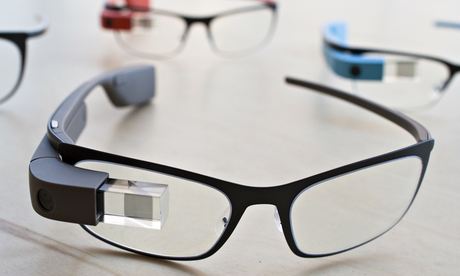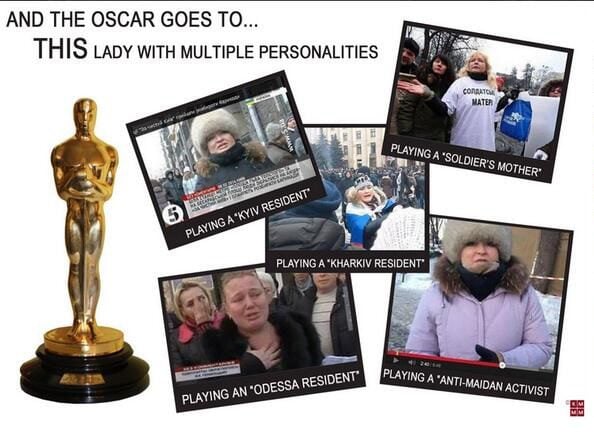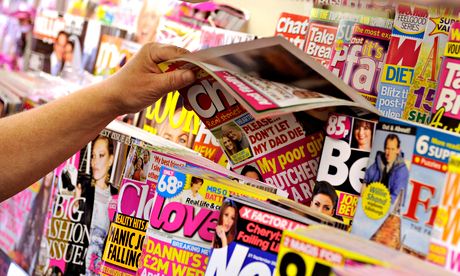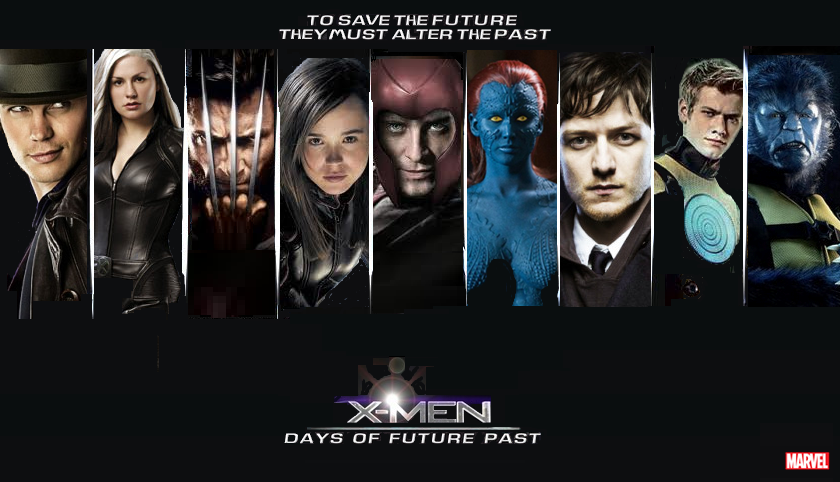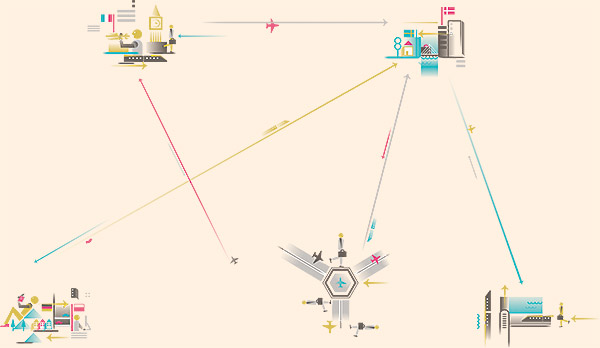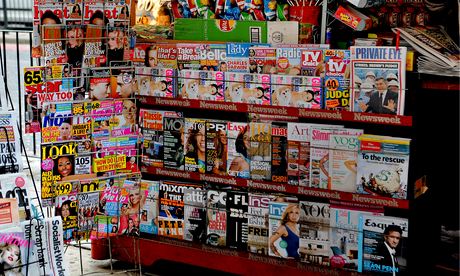1. BBC Breakfast | Happy
Sunny side up
Sunny side up
2. French open in the rain with Novak Djokovic
Brolly volley
Brolly volley
3. Will Ferrell and Chad Smith Drum-Off
Beat that
Beat that
4. South Downs National park Rave up
Unexpected trip
Unexpected trip
5. Bill Murray Crashes Bachelor Party, Advises Groom
Bill's secret for happiness
Bill's secret for happiness
6. Matt Smith Impression
Doctor Who's that?
Doctor Who's that?
7. Michael Jackson - Slave To The Rhythm
Jacko backo
Jacko backo
8. Raw Video: The President Takes a Surprise Walk
Obama care
Obama care
9. Aug(De)Mented Reality
Quite a draw
Quite a draw
10. What a dance by a chubby Korean baby!
Cute tot
Cute tot
Source: Viral Video Chart. Compiled from data gathered at 14:00 on 29 May 2014. The Viral Video Chart is currently based on a count of the embedded videos and links on approximately 2m blogs, as well as Facebook and Twitter.
